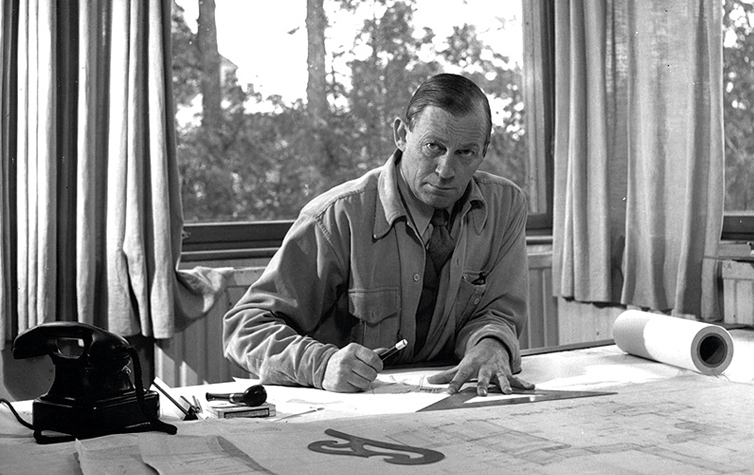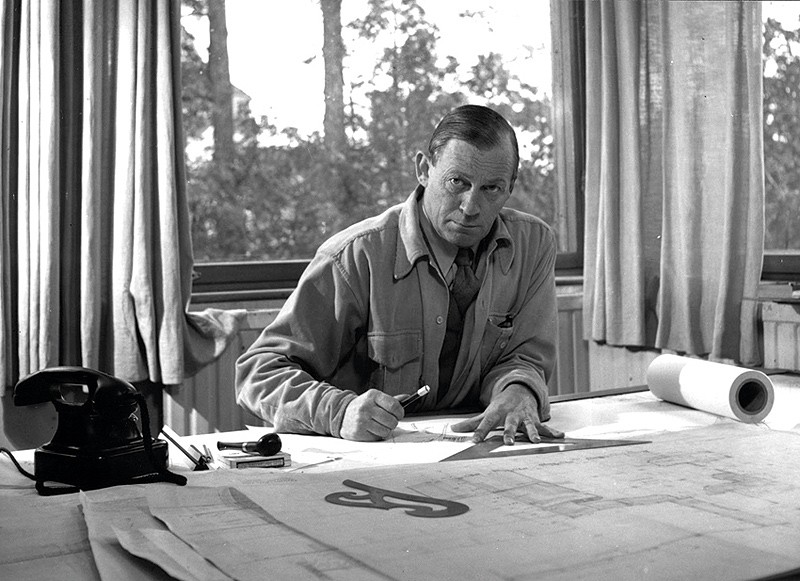
Alvar Aalto, born in Finland in 1898, spent his career contributing to modernist style through architecture and furniture design. Aalto got his start in 1921 when he set up his own architecture firm, focusing on the popular style of Nordic Classicism. While traveling throughout Europe in the 1930s, Aalto expanded his breadth of knowledge to Modernism and began practicing its style in his own work.
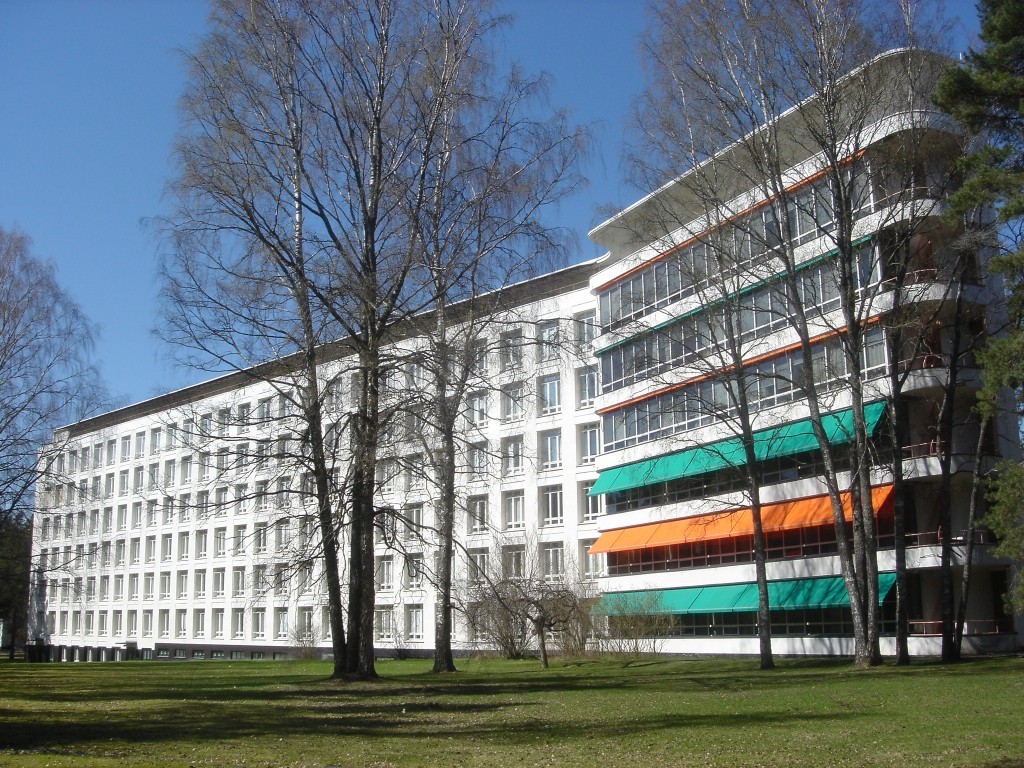
During Finland’s tuberculosis crisis in the early 20th century, Aalto designed the well-known Paimio sanatorium in the southwestern region of the country. He masterfully integrated the forested surroundings of the property, designing sweeping balconies and large windows to allow natural light to illuminate the interior. After completing the building, Alvar turned his attention to the comfort of the patients within it. The Paimio chair’s gently sloping curves were designed to support patients comfortably and promote easier breathing. Besides its medicinal functionality, the chair is unique in that it is the first furniture created using the cantilever principle of woodworking. The design seems to challenge the flexibility of its plywood construction, but remains incredibly sturdy. The chair is regarded as sculpture as much as it is furniture.
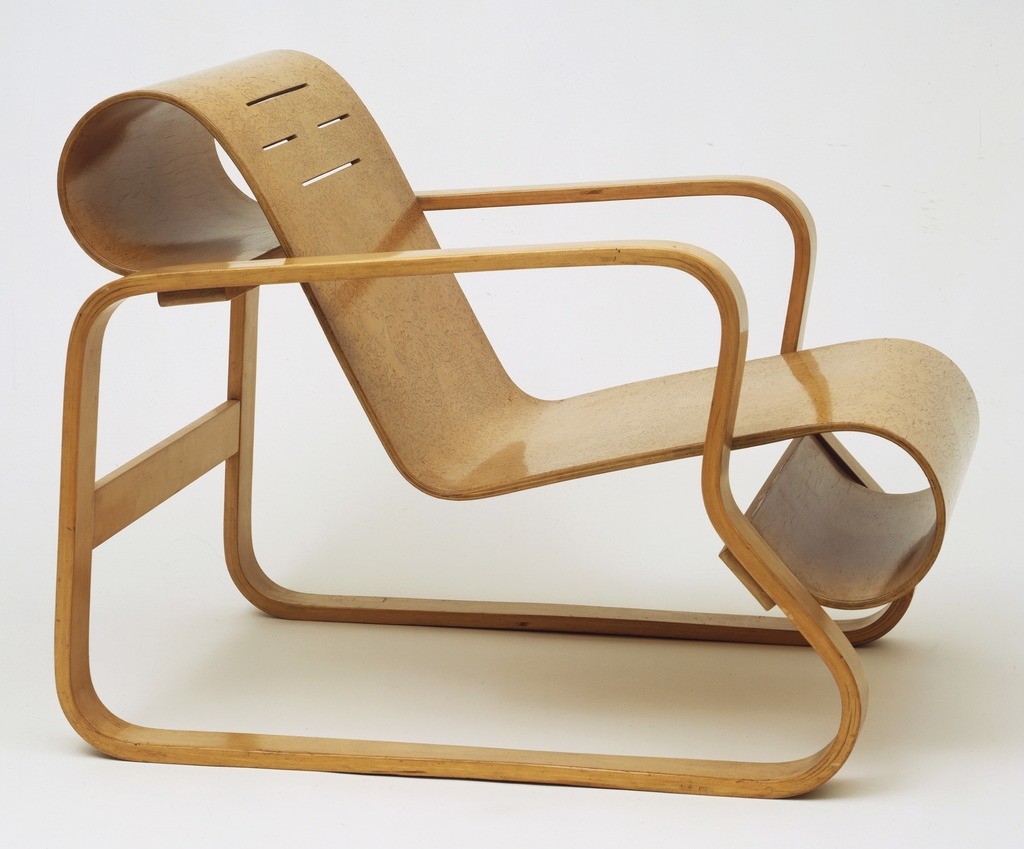
Another Aalto furniture piece is a staple in retail spaces for one of the world’s largest brands. In Apple stores throughout the globe, Aalto’s High Stool and Stool E60 seat customers. Both stools were designed by Aalto in 1935, the same year that he co-founded Finnish furniture company Artek, which is still in operation today.
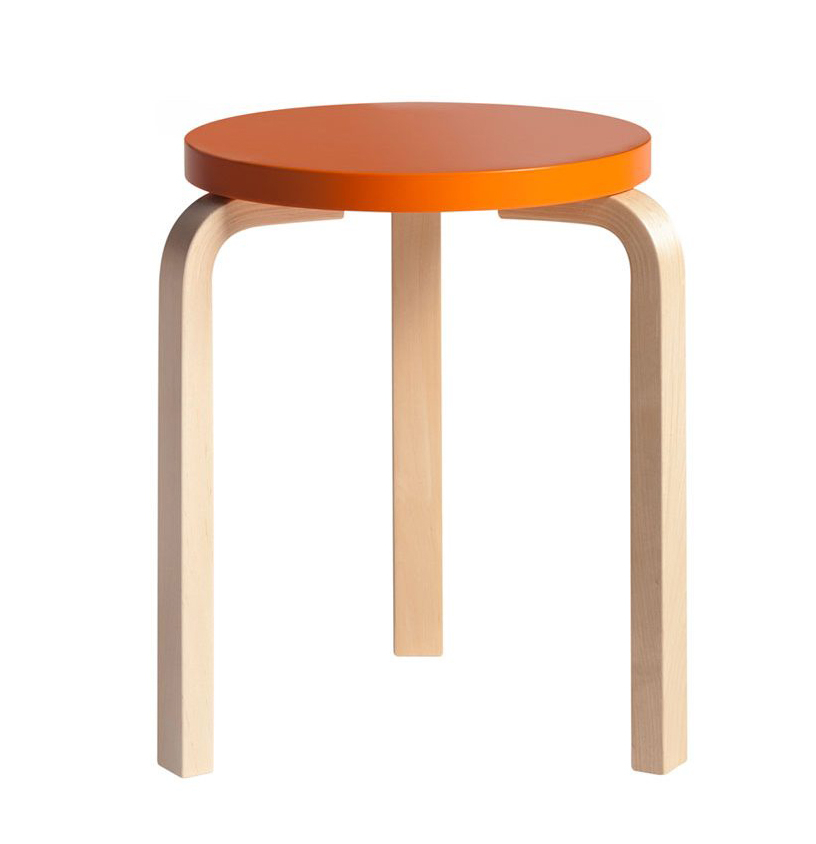
Later in his career, Aalto developed a plan for public building development in Helsinki that included a concert hall, opera, museum of architecture and a headquarters building for the Finnish Academy. A lengthy series of modifications prevented most of the plan from being completed except for an office building for Helskinki Electricity Company in 1975 and the Finlandia Hall concert hall in 1976.
Alvar Aalto died in 1976 in Helsinki.

